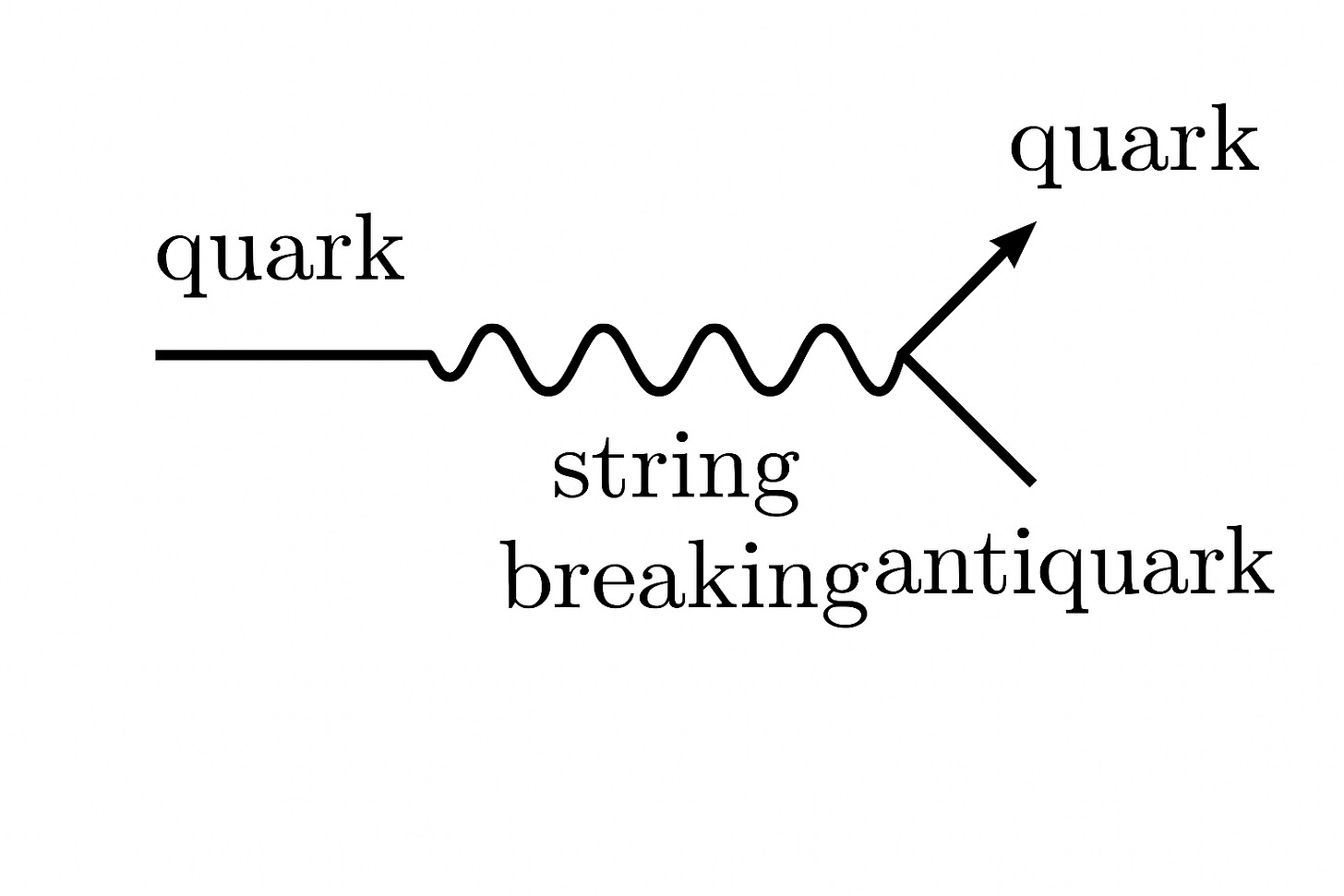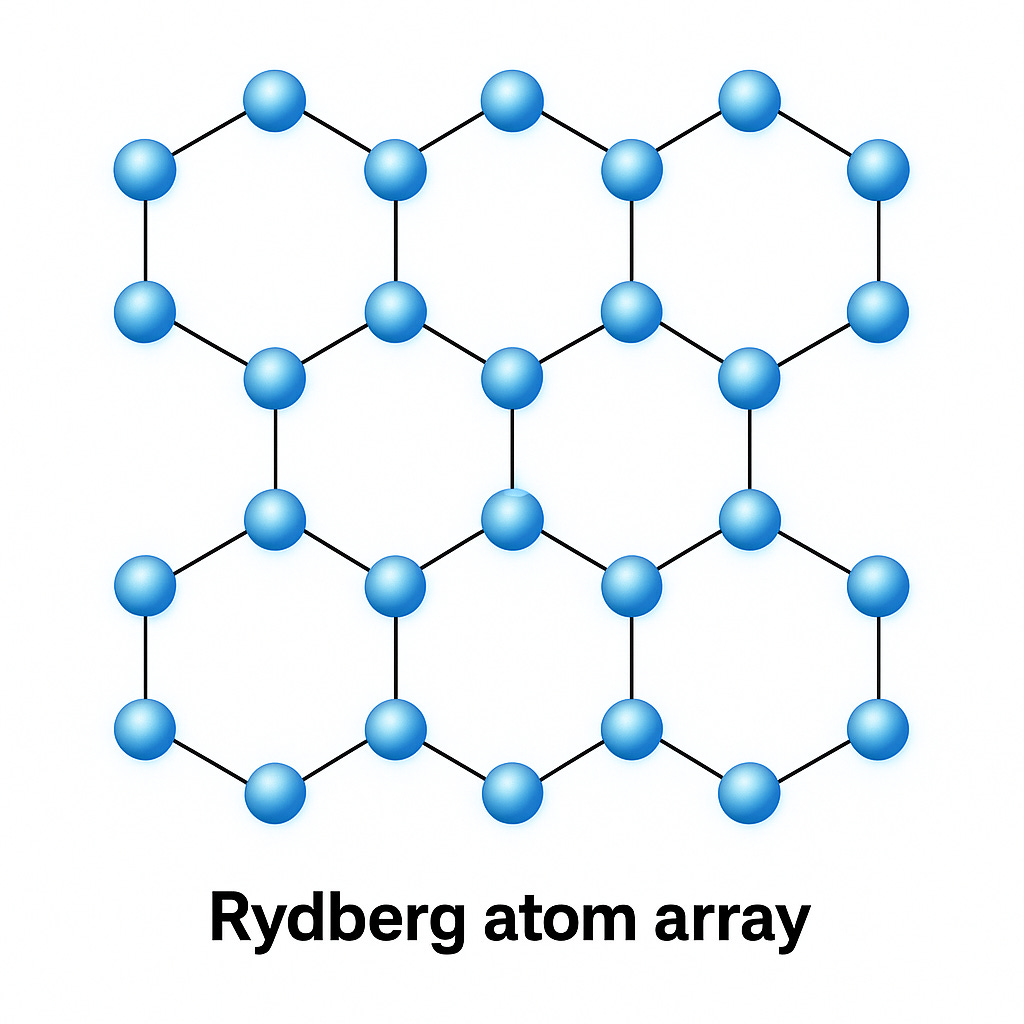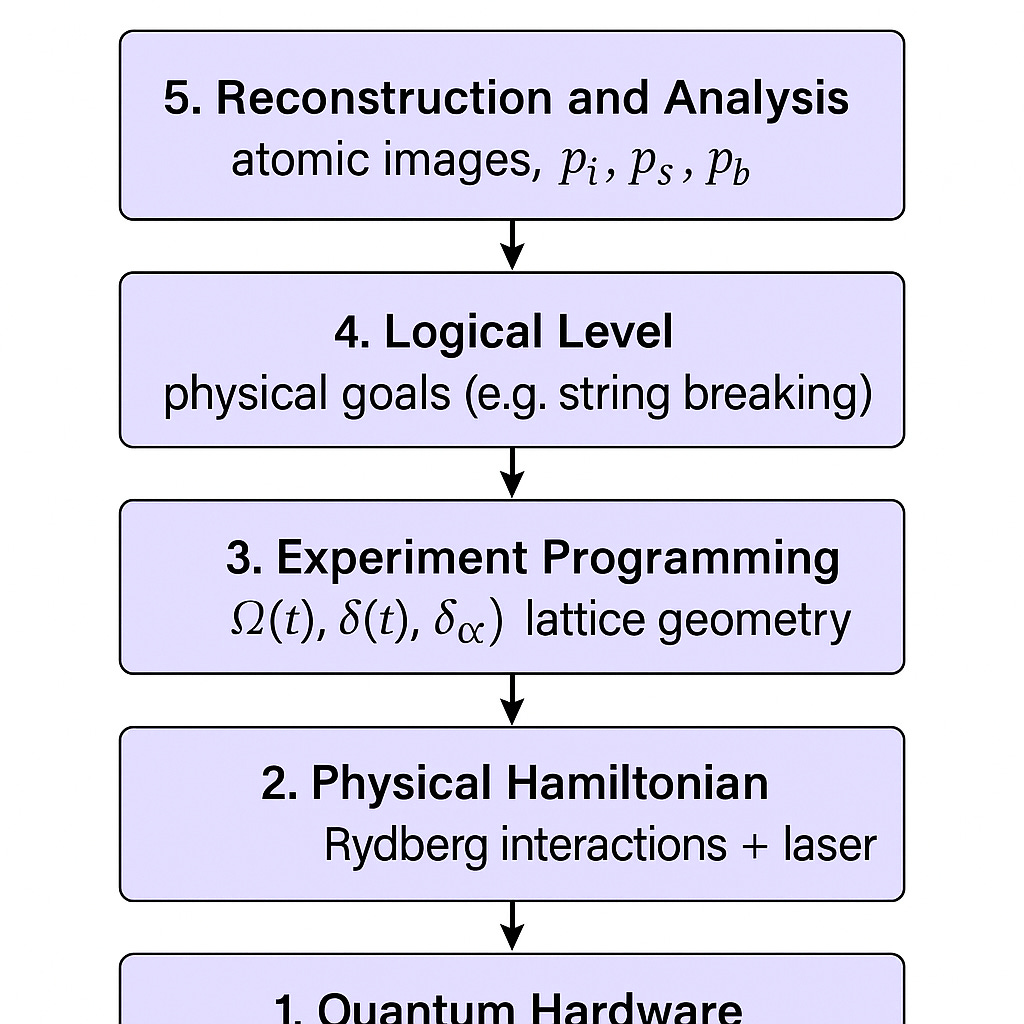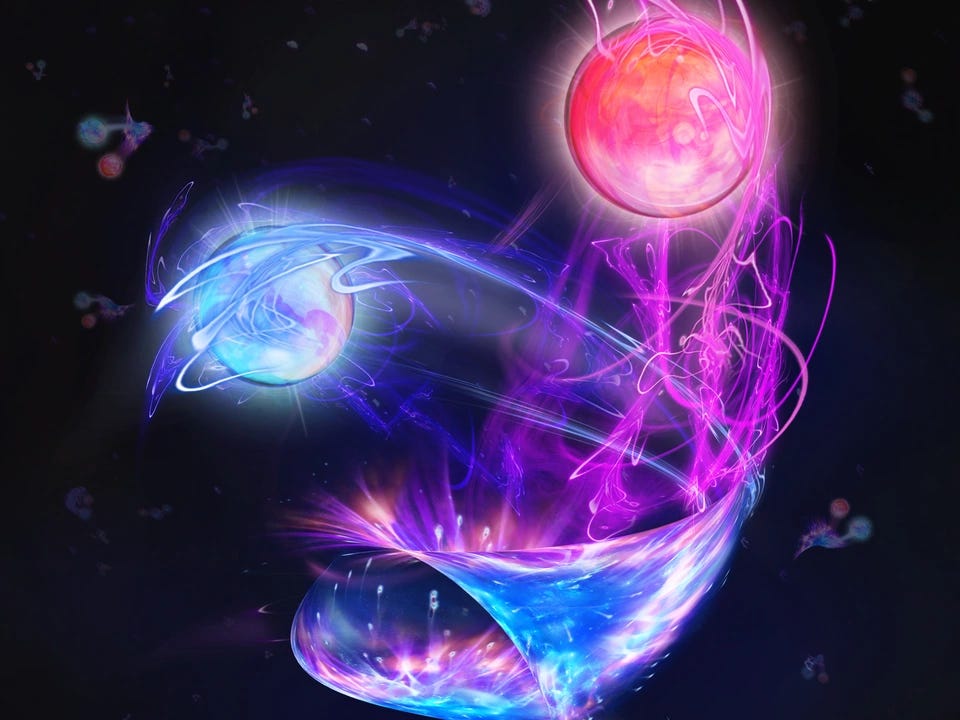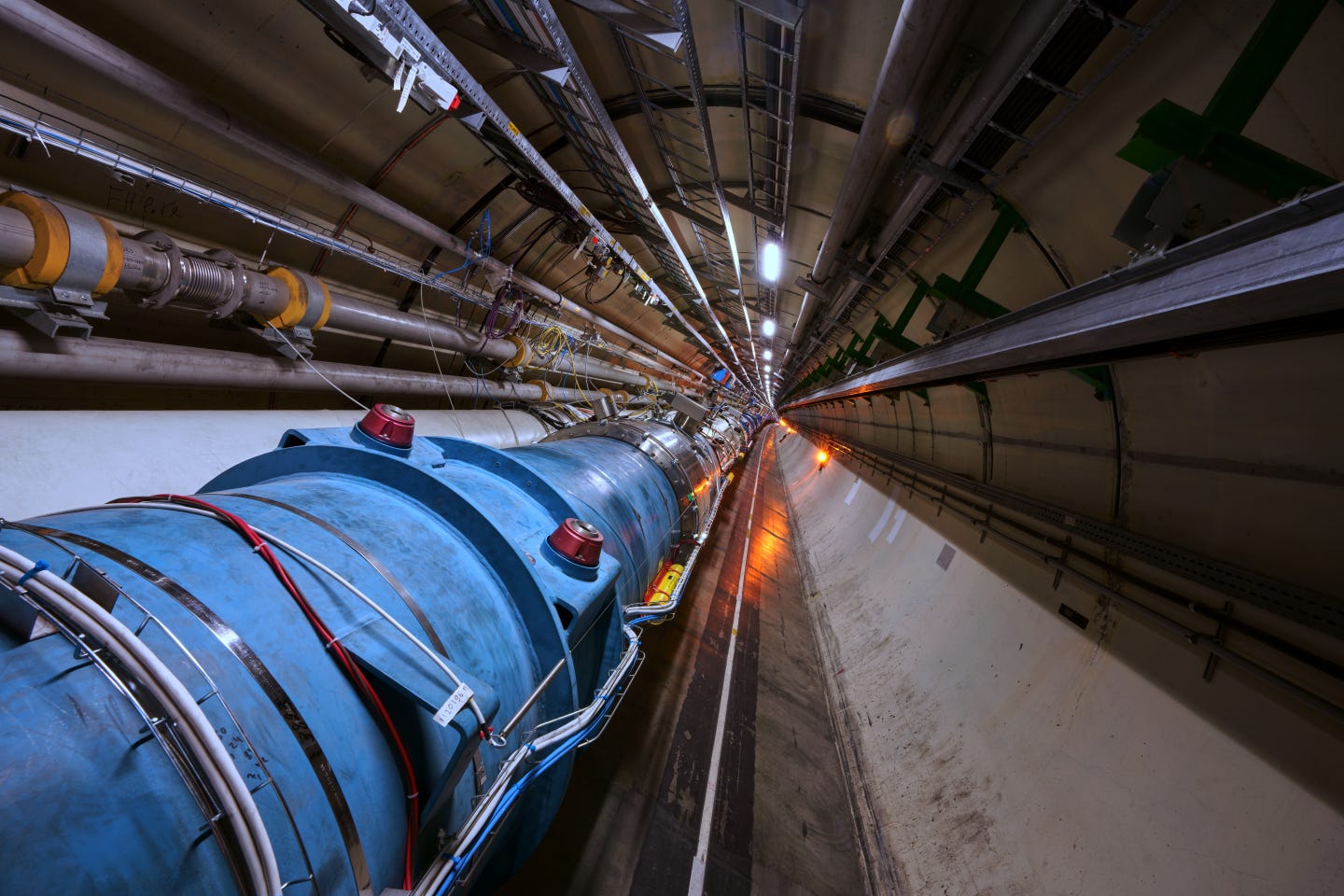From Simulation to Reality: Quantum Simulators as Physical Manifestations of High-Energy Phenomena
Quantum Computing don't just represent the physics — they are the physics
Introduction: Beyond Classical Simulation
For decades, classical computers have allowed physicists to simulate a wide range of physical phenomena. These simulations, however, are approximations—numerical emulations of differential equations that model reality. As physical systems grow more complex, especially at the quantum level, classical methods hit a wall. One striking example is the simulation of real-time dynamics in lattice gauge theories (LGTs), essential to understanding phenomena like quark confinement and string breaking in quantum chromodynamics (QCD).
Enter the quantum simulator: a device that does not merely model a theory, but embodies it.
Unlike a classical computer that emulates behavior step by step, a quantum simulator evolves under the same quantum mechanical rules as the system it aims to study.
In this sense, it is not a representation of a phenomenon, but a realization of it.
Limitations of Classical Approaches
The computational complexity of simulating many-body quantum systems grows exponentially with the number of particles. This makes it virtually impossible to compute the real-time evolution of systems like quarks connected by flux tubes, especially in more than one spatial dimension.
Take string breaking: as two quarks are pulled apart, the energy between them increases until it becomes energetically favorable to create a quark-antiquark pair from the vacuum. This process is essential in high-energy physics and is virtually intractable to simulate on classical hardware.
The Power of Rydberg-Based Quantum Simulation
The recent paper Observation of string breaking on a (2 + 1)D Rydberg quantum simulator demonstrates a groundbreaking realization of (2+1)D LGT string breaking using a Rydberg atom array
using a platform developed by QuEra Computing. In this setup, neutral rubidium-87 atoms are arranged in a Kagome lattice and excited to Rydberg states.
These atoms follow the dynamics governed by the effective Hamiltonian:
To underline that Hamiltonian engineering: the atoms evolve under the same formal laws as those in high-energy theory.
Technology Stack: The Engine Behind Reality
Atoms and Trapping: Rubidium-87 atoms are held in a 2D optical tweezer array.
Laser Control: Lasers control transitions between ground and Rydberg states, enabling tunable Rabi frequencies Ω and detuning δ
Rydberg Interactions: Long-range van der Waals interactions between excited atoms provide the confining potential.
Programmable Geometry: The atom array geometry can be dynamically reconfigured to simulate different lattice models.
Measurement and Readout: After evolution, atom positions and excitation states are imaged to reconstruct gauge configurations and string states.
Why This Is a Physical Phenomenon, Not a Simulation
In the Rydberg simulator, the "string" is a real object: a chain of atoms in Rydberg states, storing real physical energy. The "breaking" of that string corresponds to actual transitions in the system's energy landscape. These are not bits on a hard drive computing an approximation; they are atoms in space, evolving according to quantum laws.
Thus, the Rydberg simulator offers not just insight into theoretical physics, but a new experimental window into phenomena once confined to equations or particle accelerators. It is a bridge where theory meets hardware, and where physics comes alive in controlled quantum matter.
Must you rely on a CERN accelerator to validate your theoretical physics idea?
This Quantum Simulator is infinitely more compact, controllable, repeatable, and flexible — and it allows theoretical concepts from particle physics to be studied experimentally on a tabletop scale.
Conclusion: A New Era of Discovery
Quantum simulators like Aquila from QuEra mark a paradigm shift. They allow us to study quantum field theories not through symbolic manipulation or brute-force computation, but through embodied quantum evolution. They are not merely tools of science—they are manifestations of it.






